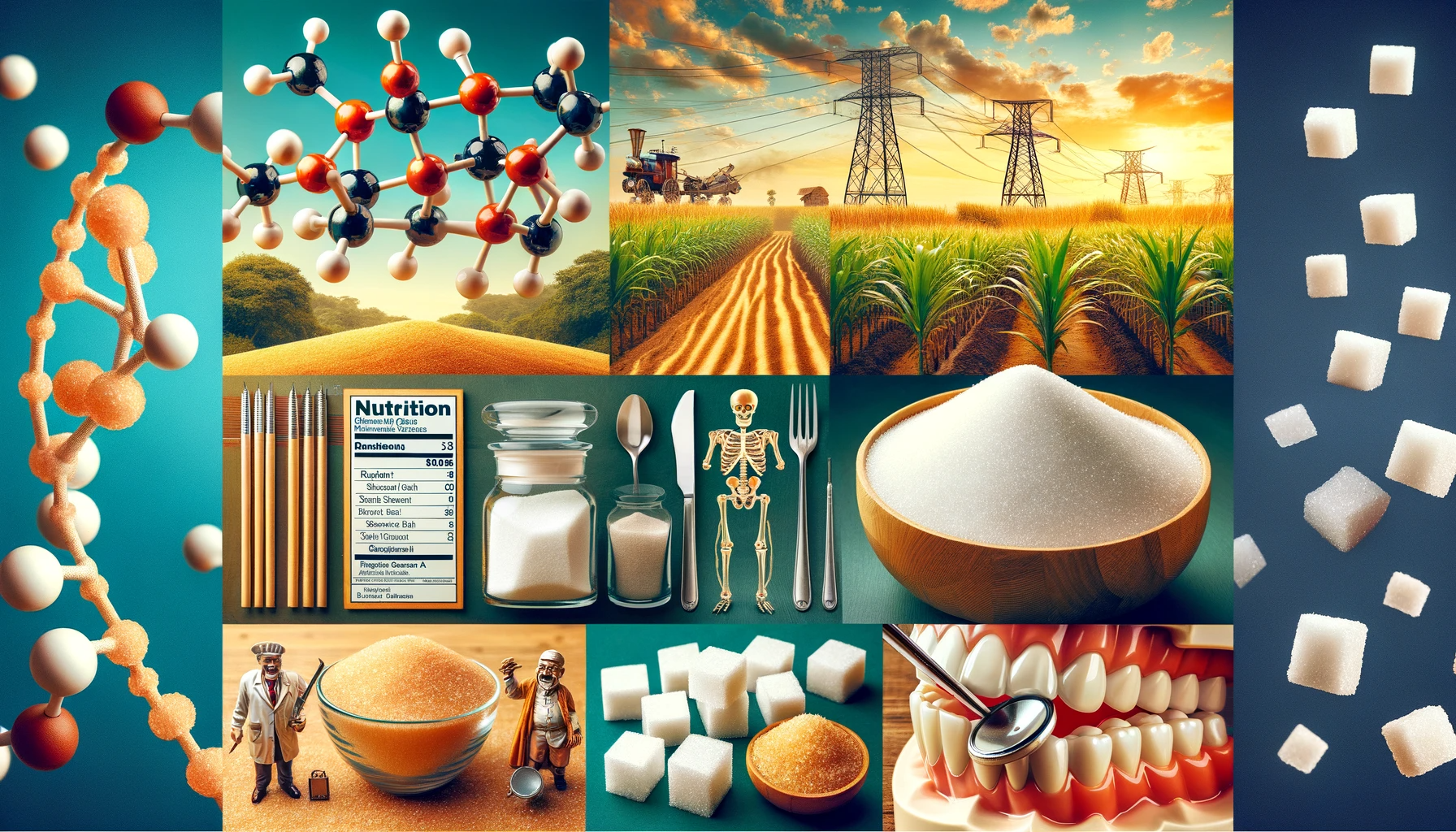Introduction:
In today’s fast-paced world, breakfast is often a hurried affair, with many Americans opting for quick and convenient options. However, it’s essential to be mindful of what we’re putting into our bodies, especially when it comes to sugar consumption. In this article, we will delve into the sugar content of common ingredients found in American breakfasts. From cereals to yogurt and beyond, we’ll explore the hidden sugars that may be affecting your health.
Understanding the Impact of Sugar:
Before we dive into specific ingredients, it’s crucial to understand why monitoring sugar intake is essential. Excessive sugar consumption has been linked to various health issues, including obesity, diabetes, heart disease, and dental problems. By examining the sugar content in your breakfast, you can take steps towards a healthier lifestyle.
- Breakfast Cereals: The Sweet StartBreakfast cereals have been a staple of American breakfasts for decades. Many of these cereals, even those marketed as healthy, contain significant amounts of added sugars. Read the nutrition labels carefully to identify the culprits.
- Fruit Juices: Natural vs. Added SugarWhile fruit juices provide essential vitamins and minerals, some commercial options have added sugars that can skyrocket your daily sugar intake. Differentiating between natural and added sugars is crucial when choosing a juice for your breakfast.
- Yogurt: A Healthy or Sugary Option?Yogurt is often promoted as a nutritious breakfast choice, but not all yogurts are created equal. Flavored yogurts can be loaded with sugar, whereas plain yogurt with added fresh fruit can be a healthier alternative.
- Granola Bars: The Deceptive SnackGranola bars are a popular on-the-go breakfast option, but they can be deceivingly high in sugar. Check the labels for hidden sugars and opt for bars with whole ingredients.
- Breads and Pastries: Sneaky Sugar SourcesEven your morning toast or pastry can be a source of hidden sugars. Learn to identify ingredients like high fructose corn syrup and choose whole-grain options with less sugar.
- Nut Butters: A Nutritious Spread?Nut butters, including peanut and almond butter, are loved for their protein content. However, some brands add sugar to enhance flavor. Opt for natural nut butters without added sugars for a healthier choice.
- Coffee Creamers: The Sweet AdditionsIf you enjoy coffee with your breakfast, be mindful of flavored creamers. Many contain added sugars and artificial flavors that can contribute to your daily sugar intake.
Conclusion:
Incorporating these insights into your breakfast routine can help you make healthier choices and reduce your sugar intake. Remember to read nutrition labels, opt for whole and unprocessed foods, and choose natural sweeteners like honey or maple syrup when necessary. A mindful approach to your breakfast can set the tone for a healthier and more energetic day ahead.
